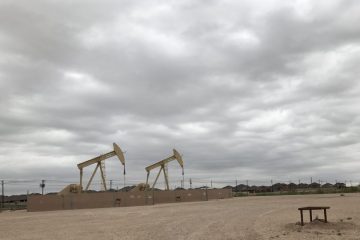New studies: Methane emissions from Canadian oil & gas industry are worse than reported
By Drew Nelson
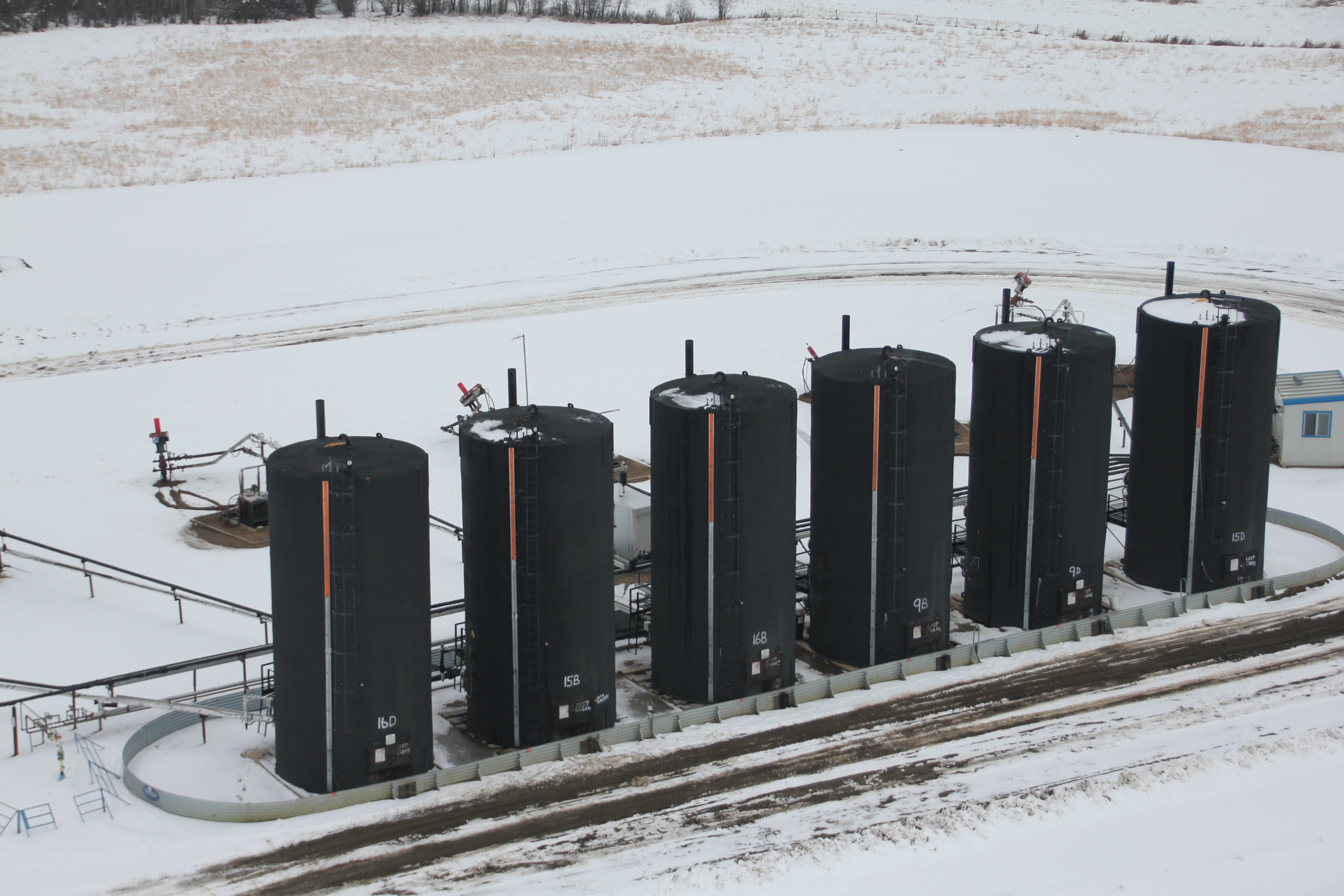 Two studies released this week make it clear that Canada’s push toward methane regulations for the oil and gas industry is a smart move. And, while data of Canada’s oil and gas methane problem is still limited, these studies reinforce what research of the U.S. oil and gas industry found: oil and gas facilities are leaking far more than the industry reports — and more than it would like us to believe.
Two studies released this week make it clear that Canada’s push toward methane regulations for the oil and gas industry is a smart move. And, while data of Canada’s oil and gas methane problem is still limited, these studies reinforce what research of the U.S. oil and gas industry found: oil and gas facilities are leaking far more than the industry reports — and more than it would like us to believe.
The first study, focused on Alberta and released by the Canadian environmental action organization Environmental Defence, concluded that industry is underreporting the amount of equipment located at their facilities, which means they emit more than official emission inventories report. Additionally, the study found that Alberta’s oil and gas facilities average about one large emission source per well.
The second, conducted by the David Suzuki Foundation and focused in British Columbia, measured methane emissions at existing oil and gas facilities and found that emissions are large and widespread. In fact, in just one development area of British Columbia, facilities could leak 111,800 tons of methane each year – the climate pollution equivalent of burning more than 4.5 million tons of coal or more than two million cars over the next two decades. Further, methane emissions from this area were shown to be at least 2.5 times higher than reported by the B.C. government but may be much higher.
This new research is troubling for several reasons.
First, methane’s not a usual pollutant. Because methane is the primary ingredient of natural gas, every ton of avoided emissions is a ton of natural gas that can be sold. In 2015, more than $320 million USD of methane (95 billion cubic feet) escaped from oil and gas operations in Canada. That amount of wasted fuel was enough to serve all the households in Edmonton and Calgary combined for the entire year.
In addition to being wasteful, these emissions are also exacerbating global warming. Methane is over 80 times more potent a heat trapper than carbon dioxide over the first 20 years in the atmosphere.
Finally, the oil and gas industry is the largest source of man-made methane emissions in Canada. If its methane emissions are dangerously under-reported, the country’s other attempts to reduce its climate emissions are severely undercut.
Together, these two studies underscore the importance of Canada’s effort and Alberta’s action to stem methane emissions from its oil and gas industry. They also expose the folly of industry’s seemingly contradictory claims that (1) there’s no problem, and (2) regulations aren’t necessary because they’ll fix the problem voluntarily. But if industry can’t even report accurate emission figures, how are we to believe it will reduce them?
Economic analyses have shown that methane reduction is extremely cost effective and one of the most powerful short-term climate strategies at our disposal. In the last few years, leaders in Canada and Alberta have demonstrated they agree by committing significant reductions of oil and gas methane emissions by 2025. For context, a 45% reduction worldwide would have the same 20-year climate impact as closing one-third of the world’s coal plants.
These new studies — and the research that must follow — show that policy makers in Ottawa and Edmonton must reduce these emissions, even in the face of growing pressure from industry to walk back their commitments. Methane emissions are a problem around the world, specifically in the oil and gas industry. These new Canadian studies add to the growing body of research that show the problem is worse than we once thought. Fortunately, there are many simple and affordable solutions available to reduce these emissions and, in turn, cut needless energy waste and climate pollution. The need for strong methane rules in Canada and Alberta has never been clearer, and neither has the opportunity for Canada and Alberta to make their oil and gas industry cleaner, more efficient and more responsible.

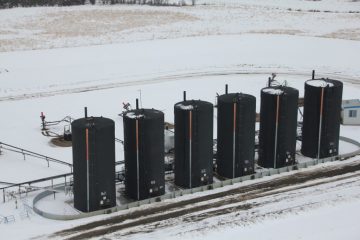



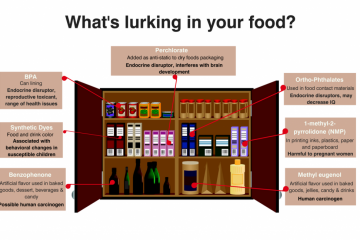




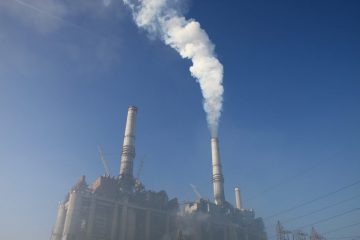
 The Public Utilities Commission of Ohio is still deciding whether to approve bailouts for
The Public Utilities Commission of Ohio is still deciding whether to approve bailouts for 